Straight and deflector wear liners are typically supplied as sheets of material, often 1200 millimeters (48 in.) long, 200 millimeters (8 in.) high and 12 millimeters (1/2 or 0.5 in.) thick. Cast liners are usually supplied in pieces that are 300 to 400 millimeters (12 to 16 in.) wide, 200 to 500 millimeters (8 to 20 in.) high, and 25 to 75 millimeters (1 to 3 in.) thick. The liners can be supplied with predrilled holes to simplify field installation. There are a number of materials suitable for use as wear liners.
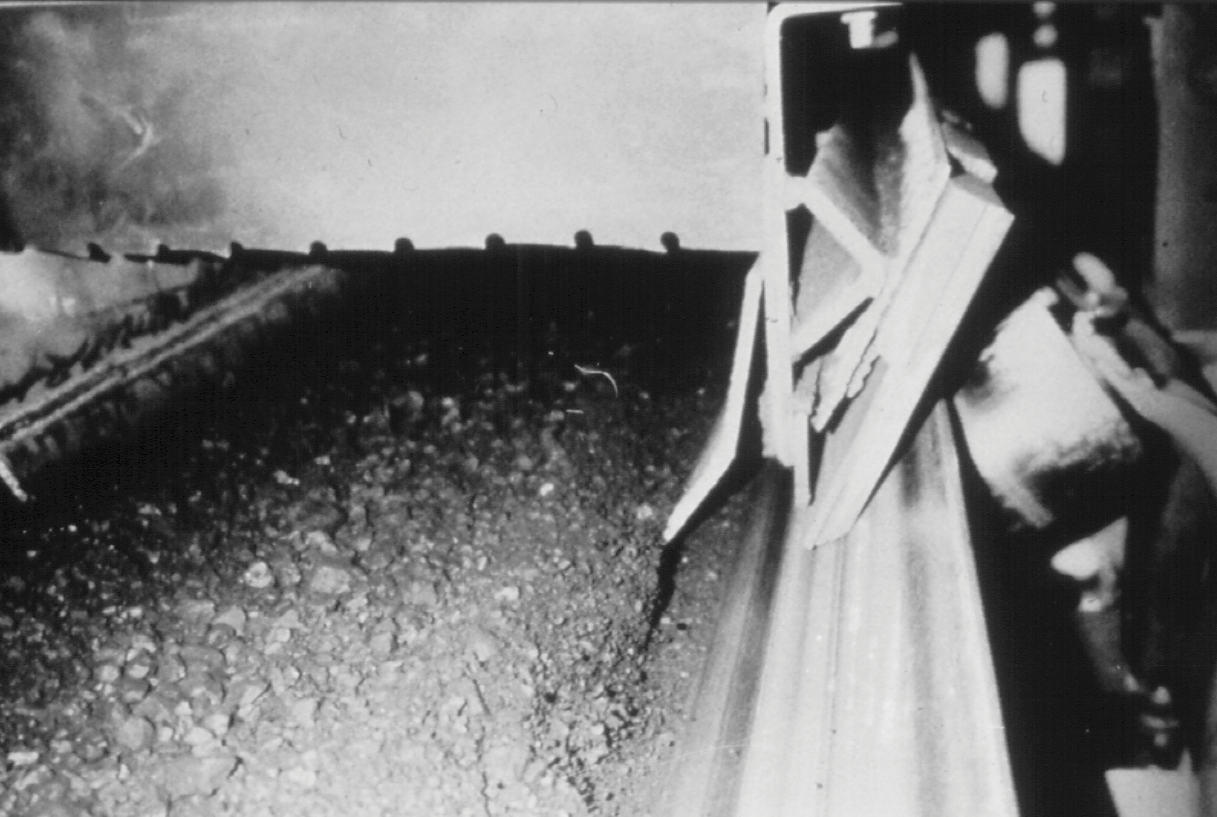
Mild Steel Wear Liner
Mild steel wear liner is commonly used on materials with very low abrasion or on belts with light loads or low operating hours. Materials such as sawdust, wood chips and garbage would be good examples of material suitable for mild steel wear liners. In addition, projects with demands for low initial costs but which require good short-term results are also candidates for mild steel wear liner. If the environment is damp or otherwise corrosive, the higher corrosion rate of mild steel may add additional friction to the material body in the loading zone. Mild steel wear liner can be supplied in either the straight or deflector pattern.
Abrasion-Resistant Plate Wear Liner
Abrasion-resistant plate wear liner (AR plate) provides a much longer life than wear liner fabricated from mild steel. AR plate is a good, all-around wear liner, capable of handling more-abrasive materials such as sand, hard rock mining ores, and coal. The wear life may extend five to seven times longer than mild steel. AR plate is available in either straight or deflector styles.
Ceramic-Faced Wear Liner
Ceramic-faced wear liner is a good, long-term wear liner for continuously operating belts carrying highly abrasive material where impact is minimal. A mild steel backing plate faced with ceramic blocks is a good choice in these circumstances. These ceramic blocks are glued and/or plug welded to the mild steel backing, usually on the bottom 100 millimeters (4 in.) of the plate. On more heavily loaded belts, the ceramic blocks can also be applied higher up the backing plate to reduce wear. Ceramic-faced wear liner has been shown to work well with coal and wood chips. Ceramic-faced wear liner can be supplied in both straight and deflector styles. Any time liners are faced with castable materials, whether ceramic or alloys such as magnesium steel, extreme care must be taken to align the blocks during their installation on the steel plate. The bottom edge of the installation must be positioned with care to avoid pinch points and “stair steps” that can trap material.
Proper installation of wear liners is critical to preventing dust and material spillage in belt conveyor loading and settling zones.
Stainless Steel Wear Liner
Stainless steel wear liner is a choice that falls between mild steel and AR plate in abrasion resistance. The chemical resistance of stainless steel is often required for applications where the possibility of corrosion on mild steel or AR plate exists. The coefficient of friction between the bulk material and stainless steel varies significantly, and power requirements should be reviewed if material and stainless steel varies significantly, and power requirements should be reviewed if retrofitting with stainless steel liners. Stainless steel wear liner can be supplied in both straight and deflector styles.
Chromium Carbide Overlay
Chromium carbide overlay is a very hard material suitable for conveyors seeing very high levels of abrasion. Alone, chromium carbide is very brittle, so it is overlaid onto a backing plate for installation. The backing plate can be of mild or stainless steel, depending on application requirements. The hard facing will rank between 53 and 65 Rockwell “C” hardness—some overlay materials “work harden” under contact with the cargo, so they score a 75 hardness on the Rockwell “C” scale. Also referred to as “clad plate,” these materials are available in two designations: single-weld or double-weld pass. For wear liner applications, the double-weld pass grade is typically used. This material is not suited for high impact and, as a result, is used only in the straight style of wear liner.
Plastic Wear Liner
Plastic wear liners are a more recent development. Recently, wear liners composed of Ultra-High Molecular Weight (UHMW) polyethylene, or urethane have been installed. In many of these installations, the liner sits directly on the belt to control extremely fine, dusty materials. Slotted holes in the liner panels allow adjustment to keep the wear liner in contact with the belt. Applications of UHMW as a wear liner show success with fine, powdery products such as sand, fly ash, and electric-arc furnace (EAF) dust. In addition, as UHMW is accepted by the U.S. Food and Drug Administration, it is suitable for use with powdery foodstuffs. Urethane liners are now being used successfully in gold-mining and ore-processing applications for their light weight and ease of replacement. Plastic materials have been applied only as straight wear liners; the abrasion that would be seen in applications as a deflector design would dramatically reduce the service-life. Care should be taken to not install plastic liners in conditions that exceed the material’s service temperature or that see a high belt speed—doing so could raise the liner’s temperature to a softening point, shortening the material life.
Wear Liner for Curved Chutes
Many of these materials are also suitable for lining curved chutes for applications where there is a need for wear resistance or reduced friction. Examples would include ceramic tiles or AR plate used as a liner in a curved chute handling coal or UHMW used in a chute for wood chips.
Wear Liner Cost vs. Value
While the initial cost of a wear liner should be a significant consideration, it is more important that the material be selected on the basis of its performance and service life. Factors that should also be considered include:
- Friction coefficient
- Resistance to material adhesion
- Resistance to sliding-abrasion wear
- Resistance to impact-abrasion wear
- Resistance to corrosion
- Attachment method
- Installation cost
- Maintenance cost
Choosing the correct material for use as a wear liner could increase the initial cost of the transfer point. However, the use of a liner material specifically tailored to a given application should produce a better return on investment when considering the labor of replacing prematurely worn liners and the increased time for cleanup of spilled material.

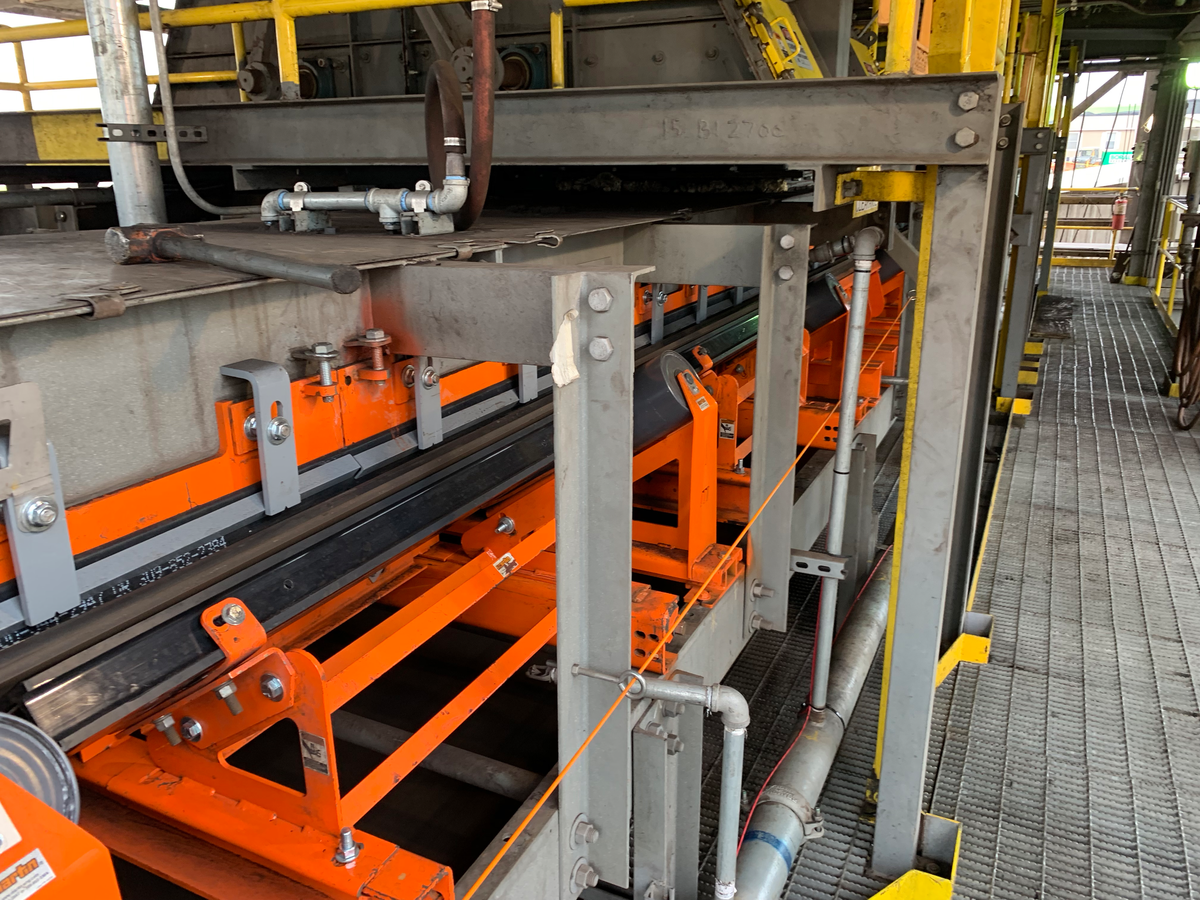

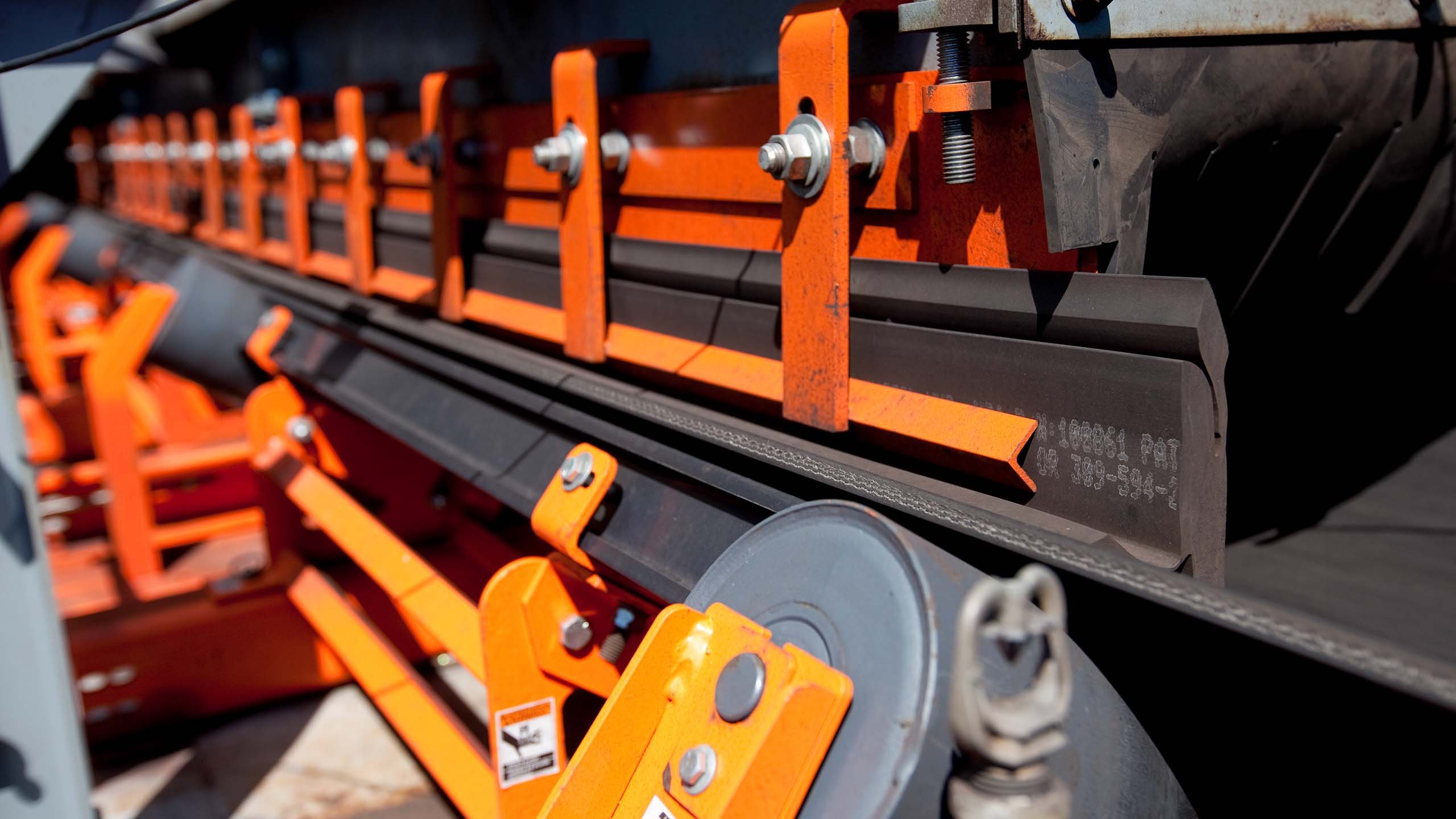

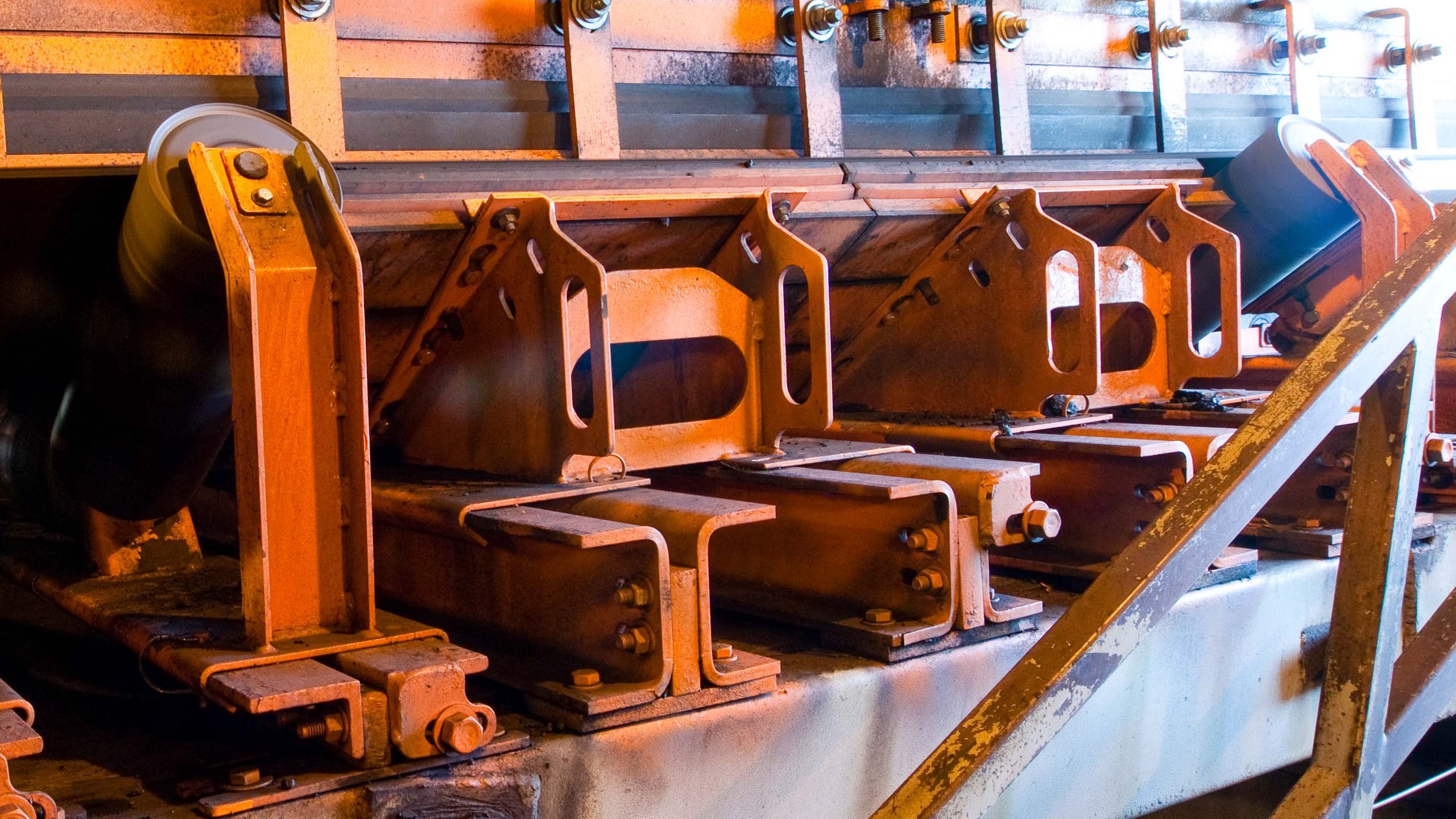

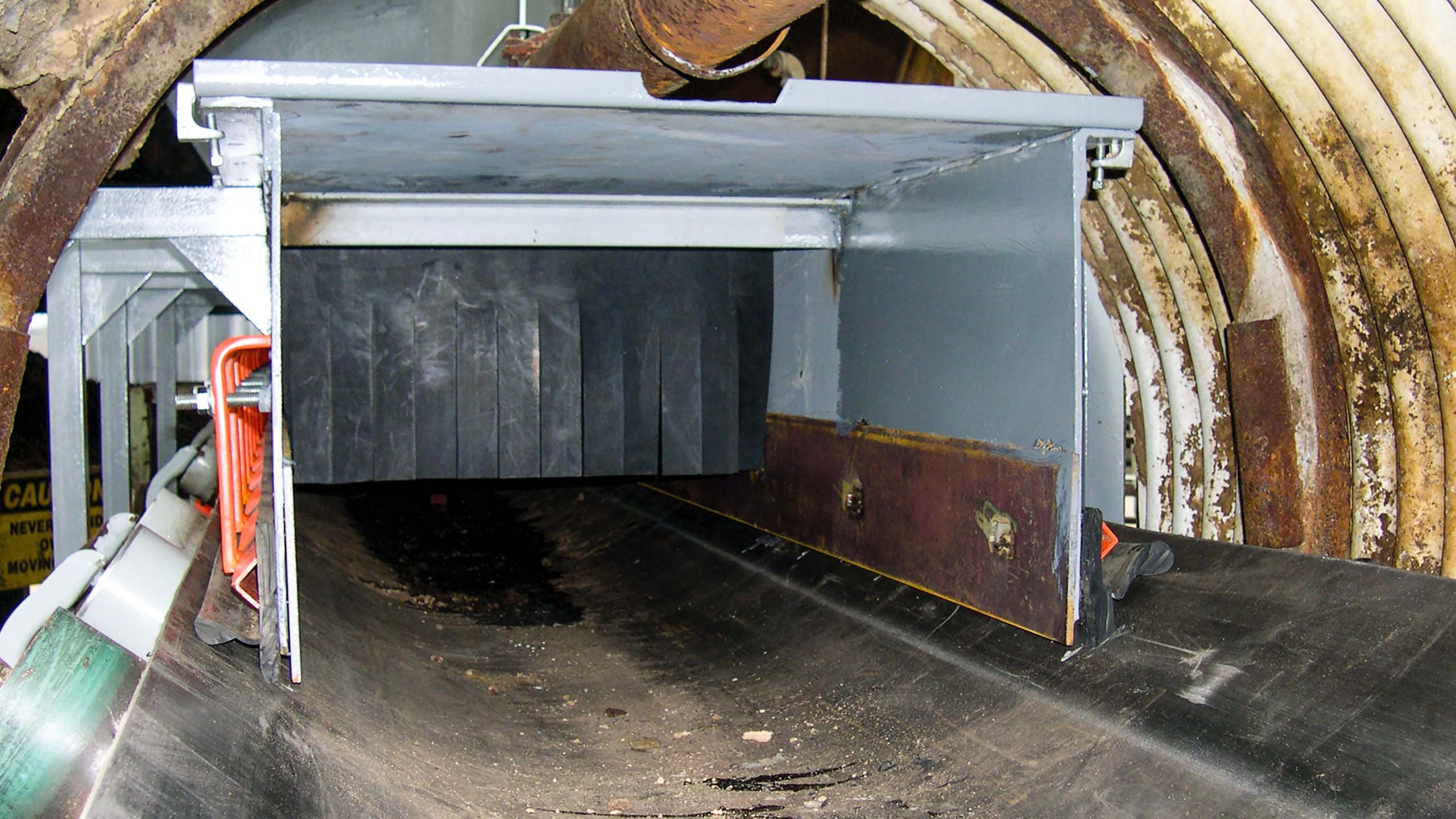












Leave Comment